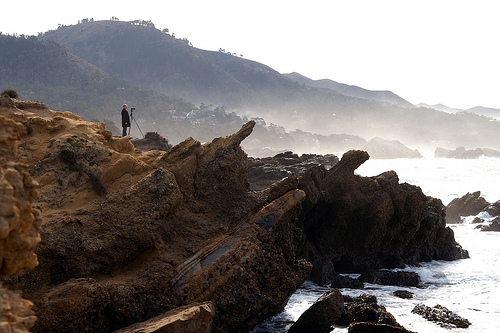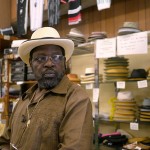Our recent travels through Southeast Asia were a sensory overload of colors, sounds, smells, people, and nature we’d never seen before. The compulsion was to immediately turn the camera to every single sight, an urge that slowed as the trip progressed. In fact, our best photos and video were taken towards the end of the trip because our eye for the unique became more discerning. Our growth as storytellers has taken a similar trajectory; we’ve developed better eyes and ears for what is interesting and worth telling and more importantly, which medium is best to tell it. There’s the written word, sound, video images and still images, all mediums we employ as storytellers. Some stories call for all while others may only call for one or two mediums. But how to decide whether a story is worth making into a film or if it’s better as an article or a photo? Below are a few questions I ask myself before I decide to start making a film.
Is the story actionable?
Say you want to tell a story about the relationship between a father and son. Certainly an interview with the people involved could provide the back-story of the relationship and even offer insight into how each feels about the other. But is there an event, a turning point, or a stressor that is occurring or about to occur? Perhaps the father is getting remarried or adopting another child — major events that would likely impact the father’s relationship with his son. In this case, the story is actionable because the characters are being tested, the outcome is unknown and things are happening that you can film.
An example: Lately, we’ve been drawn to historical storefronts that have meant something to our local DC community. One is a store owned by a third generation tailor whose grandfather was the first African American tailor in Washington, DC. While her story was interesting, much of it had happened in the past as a child spending time in her grandfather’s shop watching the legends of DC politics and music get their clothes fitted. Despite her plans to pursue a different career, her natural skill and her desire to continue her grandfather’s legacy led her back to the trade, which she continues today. While her story was interesting, there wasn’t any actionable event that we could film that would make it a good documentary film. So we decided to tell her story in words and photos. Check out the resulting East of the River piece HERE (page 37). The clothing store we are documenting in the The Dinosaurs of H Street, our latest documentary film, has similarly been a historic fixture in the African American community, but these characters are being tested as the economy and a gentrifying neighborhood weigh heavily on their ability to make a profit. These are actionable stressors that we can document on camera, which is why we decided to tell this story using film.
Is there a recognizable passage of time?
There’s good reason for the seemingly large number of competition documentaries that have been produced in the last decade. Whether the film documents a ballroom dance competition, a spelling bee, or video game competition, these stories are not only actionable, but they have a built-in three-act structure. First we learn about the character or characters, we see their trials and tribulations as they train and prepare for the competition. If they win, perhaps they will earn their parents pride or possibly personal redemption. The competition itself creates tension and then, there is a winner and a loser and the characters have to come to some sort of resolution over this outcome. Not all documentaries should revolve around a competition or even have a built-in storyline; the most compelling of human stories are actually not that neat at all. But some sort of recognizable passage of time does help develop a story and test the characters. Perhaps you document one year, including changes in each season. Maybe you follow a woman throughout her pregnancy for a story about accessing natural child-birth. Or maybe in the pursuit of documenting the justice system, you document the proceedings of a court case.
Is there back story? Can it be visualized?
If a large part of a story has happened in the past, can you visualize it in some form? Are there photos, radio interviews, home videos, letters or any other visual evidence that can help tell this story? If there isn’t a lot of visual material to support a story that has happened in the past, can you recreate the events in a visual manner? If you cannot answer these questions with an emphatic yes, you might want to reconsider telling this story using film.
What access do you have?
You might find a great story and have a great approach to telling it, but your ability to do so is very much dependent on your access to information and the people you are filming. If your film is political or legal in nature, you may encounter a lot of red tape, which may make filming critical scenes impossible. Another challenge might be a lack of investment by your characters. Before you start dropping in on their lives on a regular basis, make sure they are committed to the film and its vision. If they start to put up barriers on what you can and cannot film from the very beginning, it’s a good sign that they won’t allow you much access into their lives going forward. In our early films we persisted following characters even after sensing they were not fully invested and as a result, we had to drop them late in production. Now, before commencing any new project, we carefully lay out our plans and expectations. We ask them to think carefully about whether they believe they can make a big commitment to the film. After all, making films is not a one-way process; it’s a partnership.


